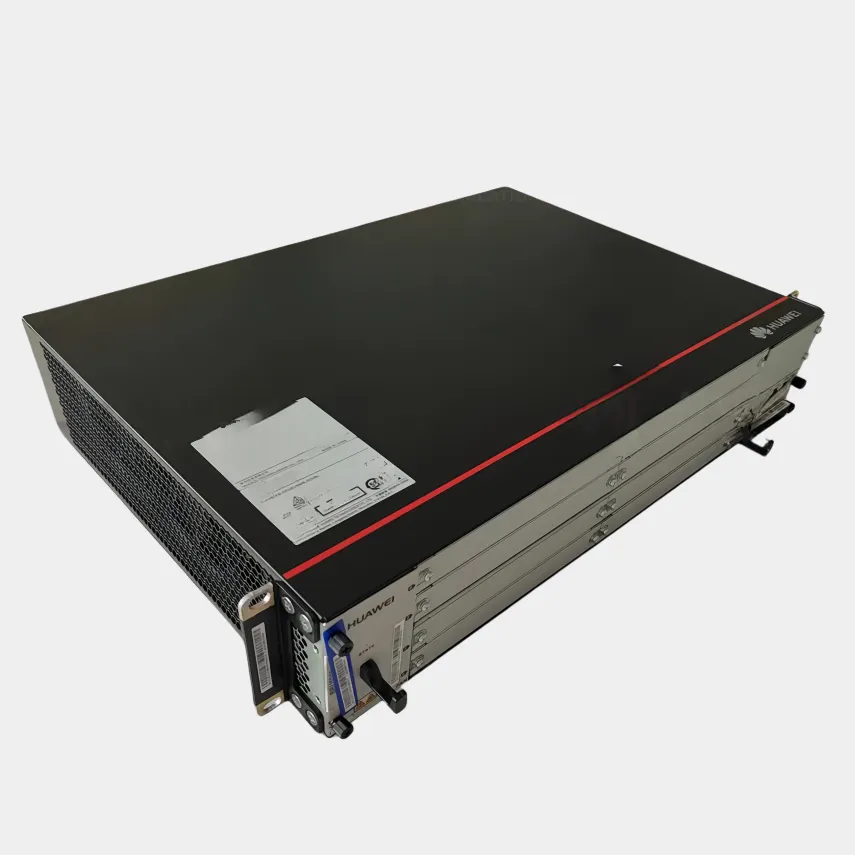BBU (Baseband Unit) performance monitoring is a vital process for maintaining optimal operation of 4G/5G radio access networks (RANs), involving real time tracking and analysis of key metrics to detect issues, ensure service quality, and plan capacity upgrades. Critical metrics include throughput (data processed per second), which indicates how well the BBU handles user traffic drops in throughput may signal processing bottlenecks. Latency, measured as round trip time (RTT) between BBU and core network or RRUs, is crucial for applications like URLLC (ultra reliable low latency communication), with thresholds typically set below 10 ms. Error rates, such as bit error rate (BER) and packet loss ratio (PLR), reflect signal integrity; spikes may indicate interference or faulty hardware. Resource utilization metrics CPU, memory, and interface usage help identify overloaded components, allowing proactive load balancing. Monitoring tools range from vendor specific management systems (e.g., Huawei U2020, Nokia NetAct) to open source platforms, using protocols like SNMP (Simple Network Management Protocol) or gRPC for data collection. Alerts are triggered when metrics exceed predefined thresholds (e.g., CPU usage over 80% for 5 minutes), enabling rapid troubleshooting. Long term trend analysis identifies patterns, such as peak traffic times, to inform capacity planning adding BBU modules or upgrading hardware before congestion occurs. For virtualized BBUs (vBBUs), additional metrics include virtual machine (VM) performance and hypervisor resource allocation. Effective monitoring also involves correlating BBU data with RRU and core network metrics to isolate issues: a drop in throughput might stem from RRU interference rather than BBU faults. Ultimately, robust BBU performance monitoring ensures high service availability, reduces downtime, and optimizes network efficiency, directly impacting user experience and operational costs.


